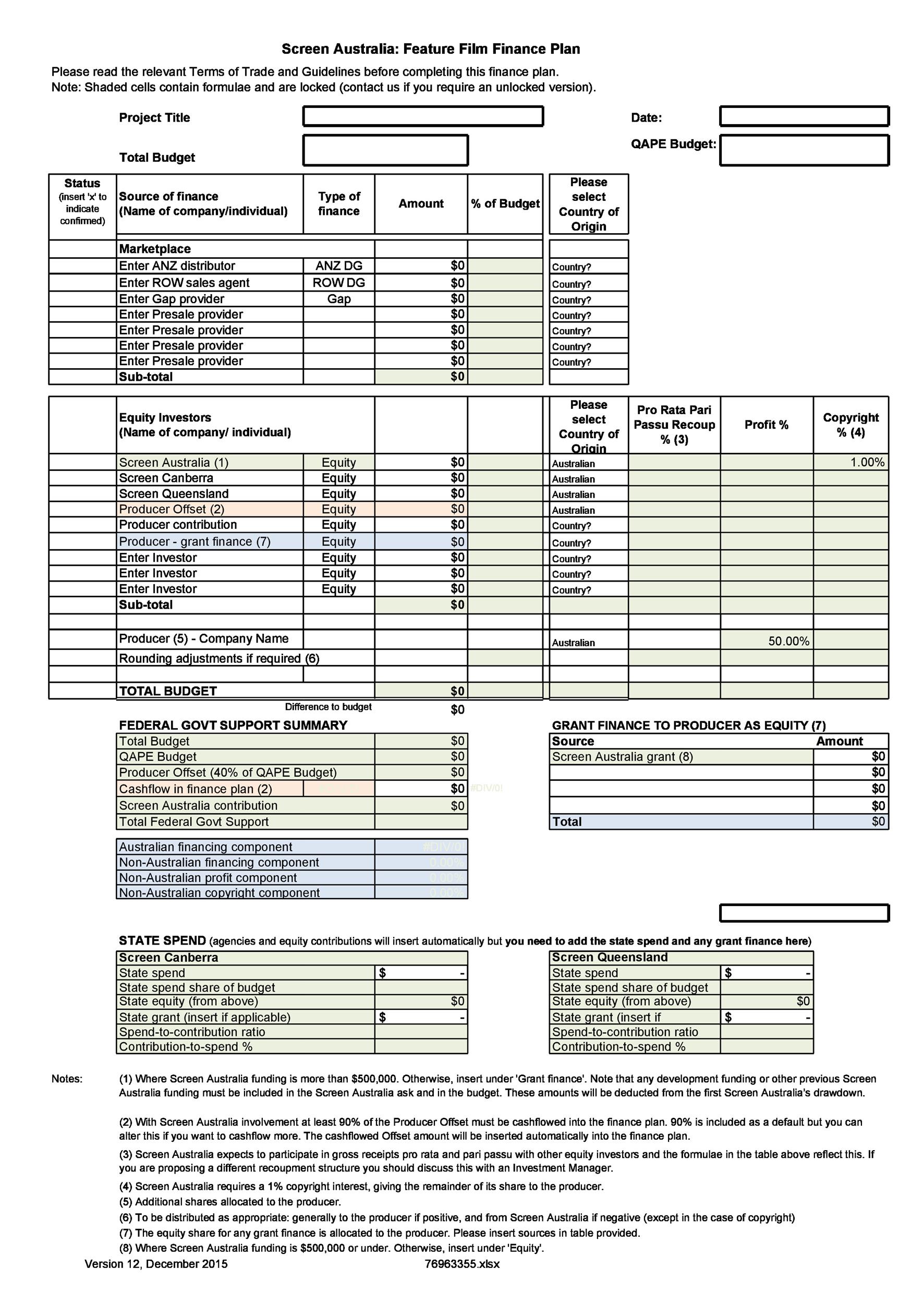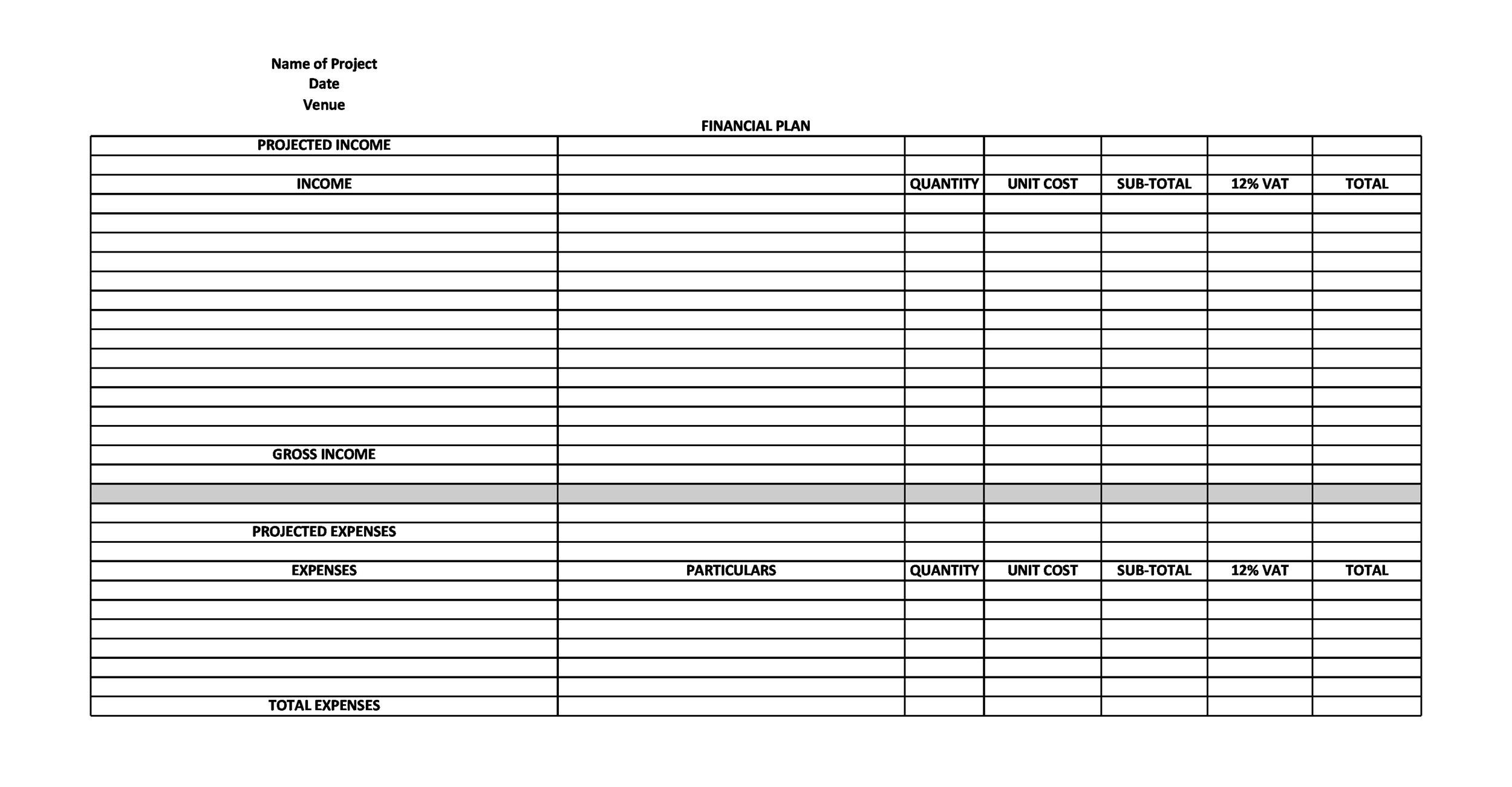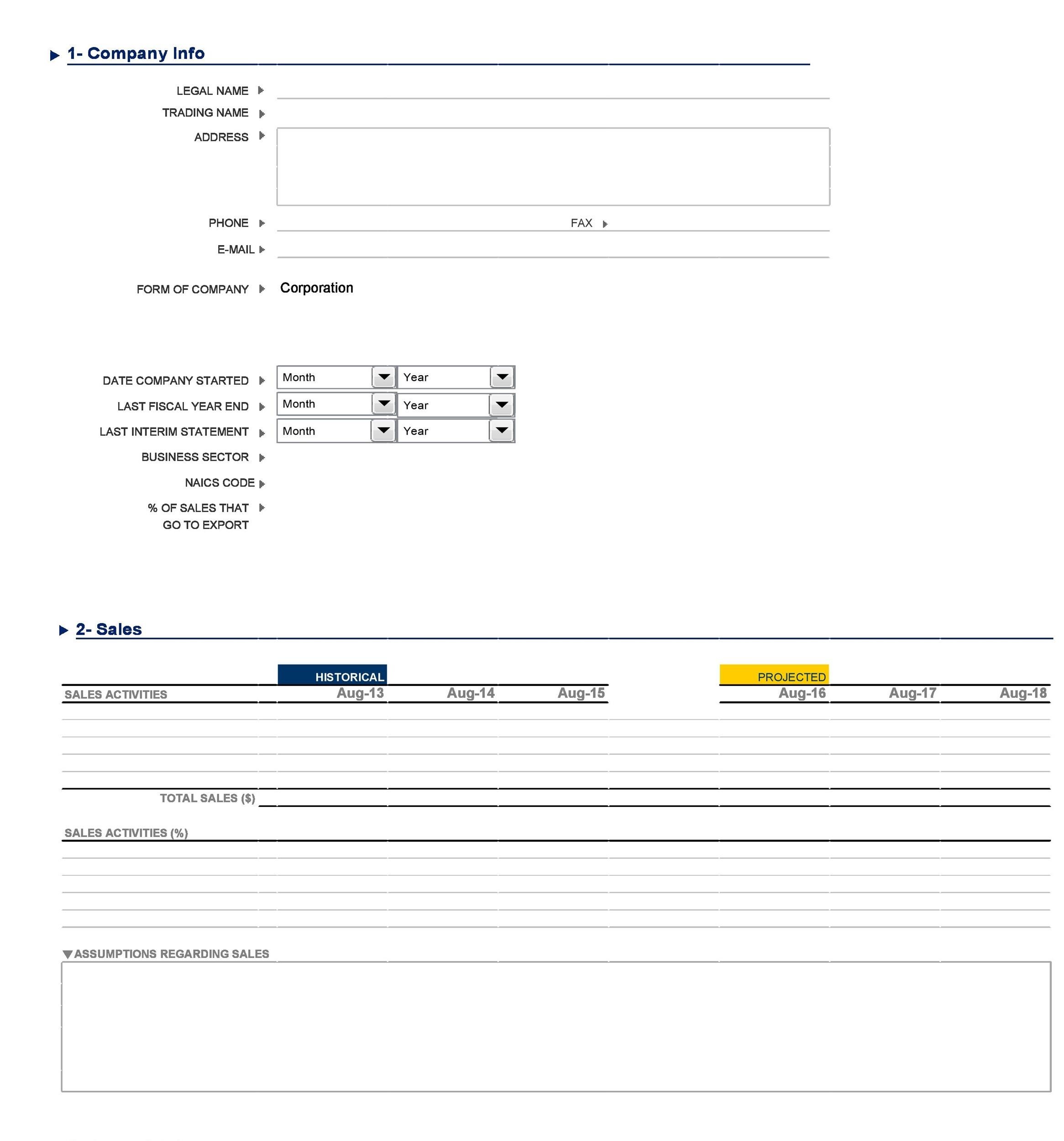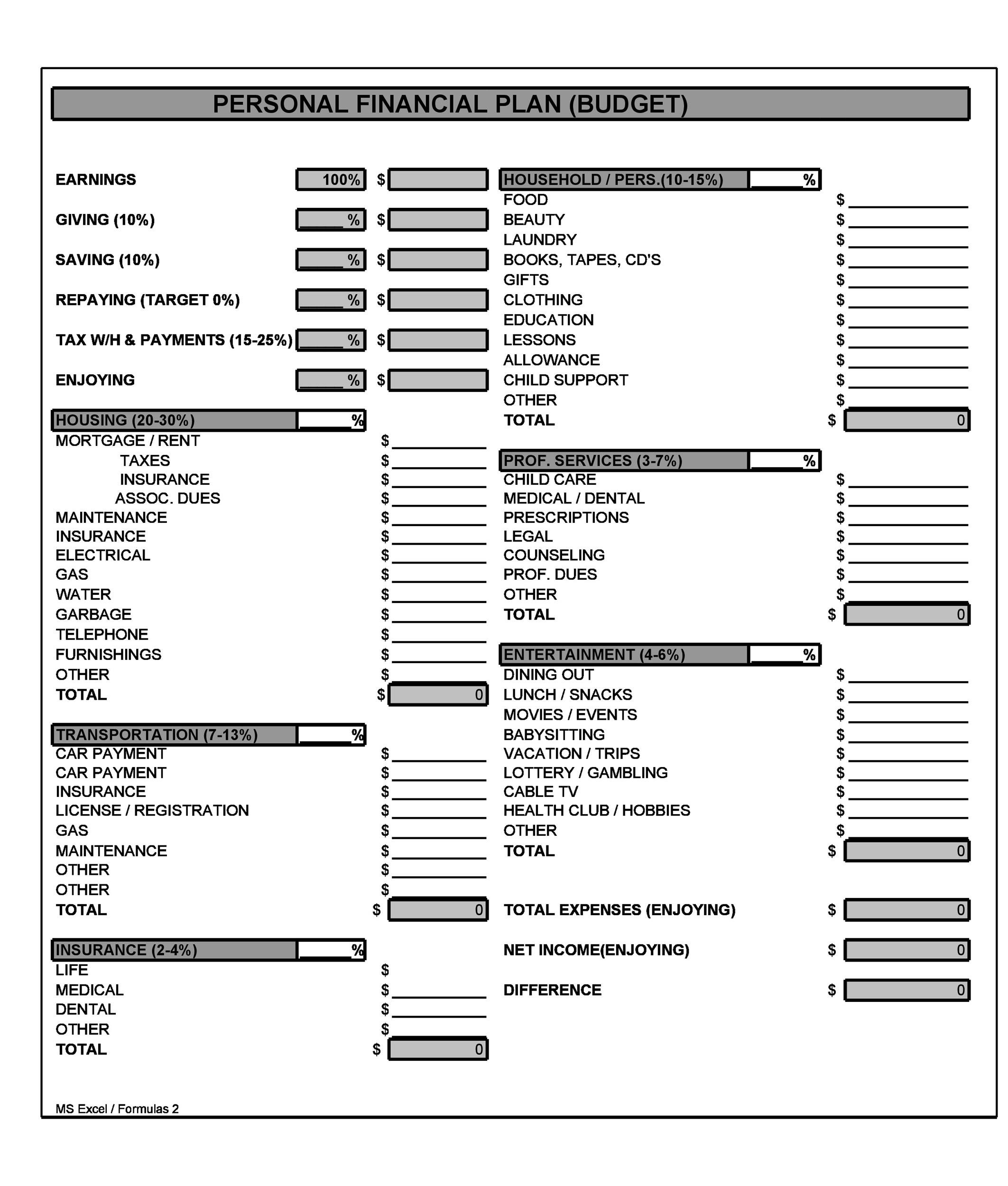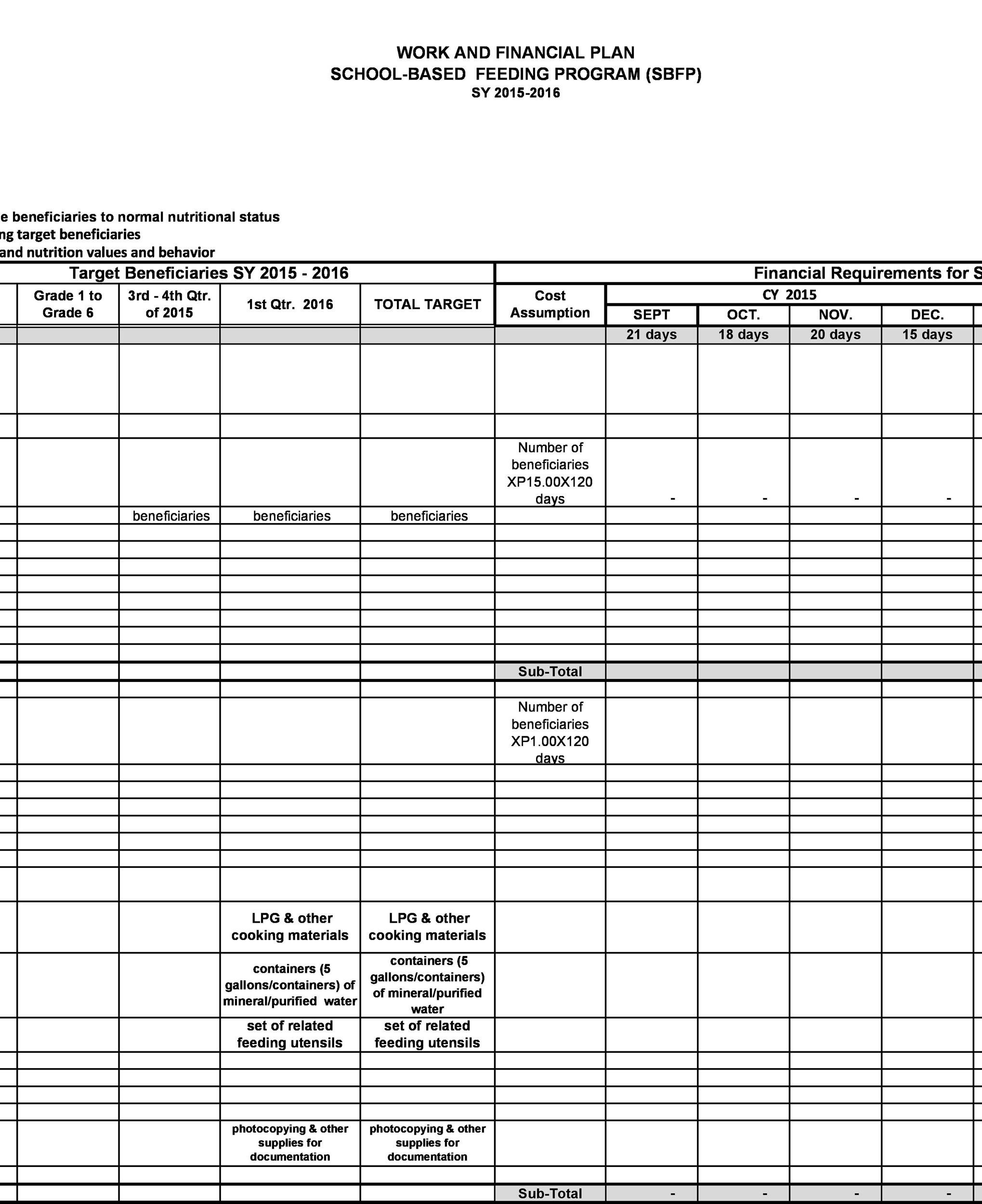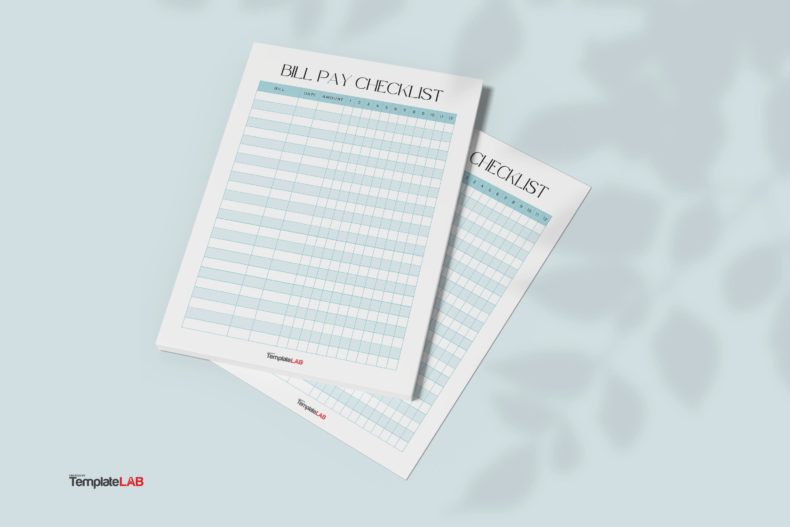A financial plan template is essential for anyone who wants to easily and quickly come up with a financial plan for personal or business projects. As you see any financial plan example, you’ll discover that you can use it to set a budget to use for measuring your expenditures. If you want to stay within the budget of your project, you must produce the deliverables of the project without exceeding the amounts you’ve set. You can do this better using a financial plan.
Table of Contents
Financial Plan Templates
What is a financial plan template?
A financial plan template or a financial plan sample identifies the “Project Finance” which you need to meet your objectives. In the document, you define all of the expenses you need for your project like materials, labor, administration costs, and others. You also include an estimation of each of these expenses.
A financial plan example also contains a summary of the total expenses you will incur across the entire project. In the end, this value becomes the total budget for your project. Creating a financial plan template is an important aspect of financial planning. This is why you must learn how to create and use the template.
As you’re in the middle of the project, you need money for expenses, you must present your template before you can receive the amount you are asking for. Project managers require such a document as one of the most critical parts of their projects. Therefore, you must put in a lot of thought and effort when creating your financial plan.
Financial Plan Examples
Parts of a financial plan template
Coming up with your own financial plan template can be a challenging task, especially if this is your first time to do so. If you have no idea where to start, you may look at financial plan examples available online or even financial plan samples made by others.
Either way, looking at such documents gives you a better idea of what to do. You may also download a template and use it as a reference or a framework for the document you create. When it comes to business plans, the financial aspect is the one investors focus on the most.
Financial Plan Samples
If you plan to create a financial plan template for your business, you must know and include all of the important parts. Consider these points:
- Take stock of the expenses
When you’re thinking of business or project expenses, these fall into two broad cost categories namely start-up and operating expenses. All of the costs you need to get your business or project up and running are part of your start-up expenses. Such expenses may be:
registration fees
permits and licenses
starting inventory
deposits for rent
down payments on any equipment or property
setup fees for utilities
These are some of the basic startup expenses you might need. Of course, as you create your own financial plan, you can add more items to your list as needed. Conversely, operating expenses refer to the costs you need to keep your project or business running.
You may think of these expenses as the regular ones so you can prepare for them better. Some examples of operating expenses are:
salaries
mortgage or rent payments
expenses for telecommunications
raw materials
utilities
storage
promotion
distribution
payments for loans
maintenance
office supplies
Again, these are just some basic examples and you can keep on adding to your list as needed. Just make sure that you’ve included all of your operating and startup expenses as part of your financial plan so you don’t end up not having enough. - Include the income statement
This is one of the three major financial statements to include in your financial plan template. This statement includes your expenses, profit, and revenues for a specific period. It shows you a snapshot of your business or project’s finances and whether or not it’s profitable.
When using templates, some categories of the income statement might not apply to your own business. In such a case, remove items as needed or add some items if you see them lacking. - Work on the cash flow projection
This part of the financial plan indicates how much money you expect to flow in and out of your business. This aspect is very important, especially in terms of cash flow management because it serves as an indication of when your expenditures are too high.
In such a case, you may need to take a short-term investment to have a surplus of cash flow. As part of your financial plan, your cash flow projection shows the amount of capital investment your business requires.
This part is also very important to investors. It shows them if your planned business or project is a good risk in terms of credit and if you have enough cash-on-hand to consider your business as a good candidate for a credit line, a short-term loan, or a long-term investment.
Cash flow projection shows how much money you may anticipate your business to either generate or expend over a specific period of time in the future. This, along with the cash flow statement, are extremely important tools in the process of decision-making in businesses. However, you only need the projection in your business plan to make it effective. - Create your balance sheet
This part of the financial plan template serves as a report of the net worth of your business at a given point in time. It contains a summary of all the financial data related to your business in these categories:
Assets which refer to tangible objects owned by the business which have financial value.
Liabilities which refer to the debts owed by the business to a number of creditors.
Equity which refers to the net difference when you subtract the total liabilities from the total assets.
Any retained earnings are those which the business keeps for expansion which means you won’t pay them out as dividends. For the current earnings, these refer to the money you earn for the current fiscal year up to the date of the balance sheet.
Free Financial Plan Templates
Tips for creating your financial plan template
An effective financial plan template is both clear and comprehensive. This document helps you ensure that your project or business ideal generates enough profit to pay the bills, earn more money, and achieve the financial goals you’ve set. To create your own financial plan, here are some tips to guide you:
- Calculate your set-up expenses
Start researching and making a list of all the things you need to set up your business. This gives you a good idea of the upfront costs you need and whether or not there’s a need to loan funds. - Forecast both loss and profit
Come up with an estimation of your business’ expenses and sales on a yearly, quarterly, and monthly basis. This helps you determine whether you might experience a loss or make a profit during these periods. Forecasting helps you come up with sales targets, likely margins for profits, and pricing.
Base your estimations on the performance of the competition and other businesses in the same industry as yours. You can also use market research, industry analysis, and industry benchmarks for this. - Work out the cash flow projections
Even the most successful businesses which make good profits may still run out of resources. For instance, the business may experience excellent sales for a month but it doesn’t receive the payment for these sales until the next month. Working out cash flow projections helps you determine whether you have enough money or you need more. Here are some things to keep in mind:
Create a cash flow projection at least one year ahead so that you also capture seasonality.
Be as realistic as possible. Keep in mind that some customers might not pay on time.
Take the required actions to deal with your cash flow if you project a shortage. - Forecast your balance sheet
Make a list of all the expected assets, liabilities, and equity of your business after one whole year. This gives you a financial picture of your business. Doing this helps you assess the financial health of the business idea you’re proposing. - Find the break-even point
This is an important step which helps show you the actual number of sales your business needs to cover all of the expenses. You can count any amount exceeding this estimation as your profit. The break-even point is very useful for the analysis of costs, pricing, and sales values. - Other things for you to consider
Make sure that when making sales estimations, think of realistic values. To do this, you may have to do a lot of research.
Test different scenarios by making modifications in the values of your costs, sales, and prices.
Document the reasons behind the values make your numbers more credible. Most of the time, lenders would request this information when you apply for loans.



